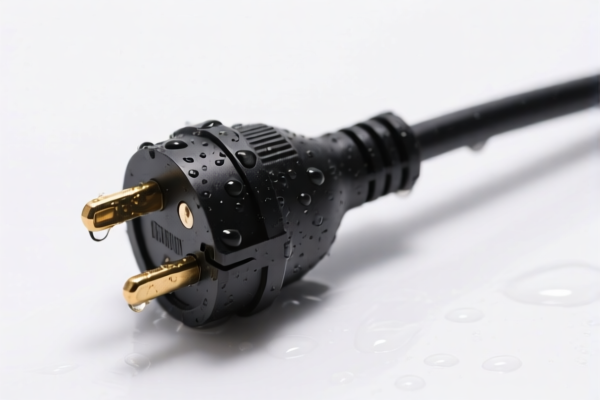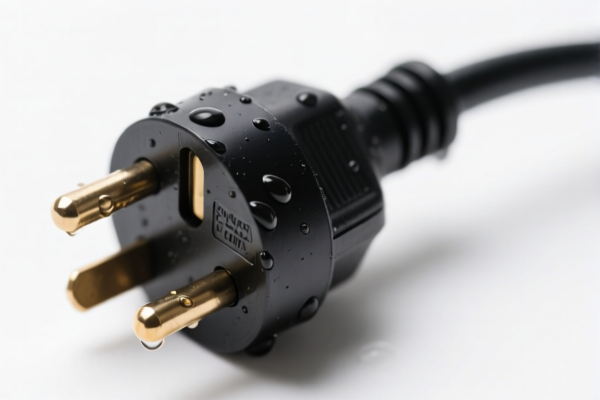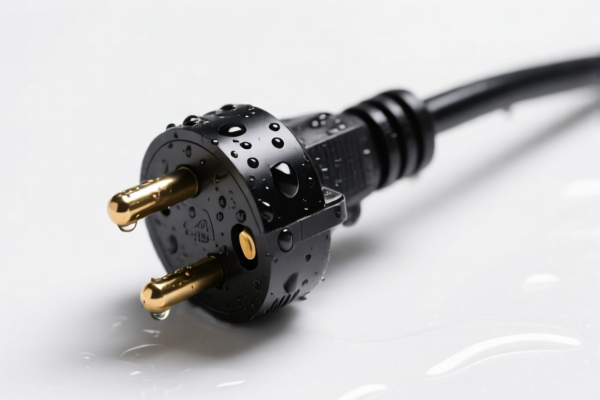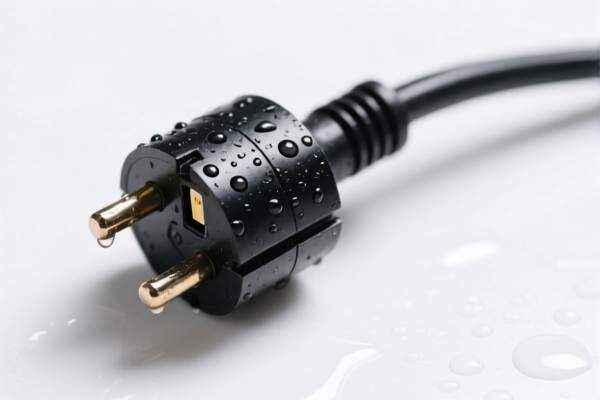| HS Code | Official Doc | Tariff Rate | Origin | Destination | Effective Date |
|---|---|---|---|---|---|
| 8484100000 | Doc | 57.5% | CN | US | 2025-05-12 |
| 8484900000 | Doc | 57.5% | CN | US | 2025-05-12 |
| 8487900080 | Doc | 83.9% | CN | US | 2025-05-12 |
| 8487900040 | Doc | 58.9% | CN | US | 2025-05-12 |
| 3926903000 | Doc | 59.2% | CN | US | 2025-05-12 |
| 3926909987 | Doc | 42.8% | CN | US | 2025-05-12 |
| 3925900000 | Doc | 60.3% | CN | US | 2025-05-12 |




Water Core Plug
A water core plug is a component used in well completion and intervention operations within the oil and gas industry. It serves as a temporary barrier within a wellbore to isolate specific zones, diverting fluid flow for various purposes.
Material:
Water core plugs are typically constructed from cast iron, aluminum, or composite materials.
- Cast Iron Plugs: These are commonly used for their weight and ability to provide a strong seal. However, they are susceptible to corrosion.
- Aluminum Plugs: Lighter than cast iron, aluminum plugs are used in lower-density fluids and shallower depths. They are also prone to corrosion, though less so than cast iron.
- Composite Plugs: Utilizing materials like fiberglass or polymers, composite plugs offer corrosion resistance and are suitable for various fluid compositions and temperatures.
Purpose:
The primary purpose of a water core plug is to create a hydrostatic seal within the wellbore. This seal allows operators to:
- Isolate Zones: Separate sections of the well for testing, stimulation, or production.
- Control Fluid Flow: Divert fluids to specific intervals, optimizing production or injection rates.
- Run Specialized Tools: Provide a barrier to allow the safe deployment and operation of downhole tools.
- Well Control: Serve as a temporary barrier during well intervention procedures.
Function:
A water core plug functions by being set within the wellbore, typically utilizing a setting mechanism activated by fluid pressure. Once set, the plug expands to contact the wellbore casing, creating a seal. The plug’s weight and the hydrostatic pressure of the fluid column above it maintain the seal.
Usage Scenarios:
- Well Testing: Isolating zones for pressure transient analysis.
- Stimulation: Isolating zones during fracturing or acidizing operations.
- Production Logging: Isolating zones for accurate data acquisition.
- Cementing: Providing a barrier during cementing operations.
- Well Intervention: Isolating zones for workover or repair activities.
- Plug and Abandon (P&A): Used as a temporary barrier during well decommissioning.
Common Types:
- Standard Plugs: Basic design for general applications.
- Retrievable Plugs: Designed for easy removal after use.
- Corrosion-Resistant Plugs: Constructed from composite materials for harsh environments.
- High-Pressure Plugs: Designed for wells with elevated pressures.
- Wireline-Set Plugs: Set using wireline tools, allowing for remote deployment.
- Hydraulic-Set Plugs: Set using hydraulic pressure from the surface.
- Jet Plugs: Utilize jets to clean the casing before setting.
Water core plugs are not explicitly defined within the provided reference material. However, based on potential material composition and function, the following HS codes may be relevant:
-
8484100000: Gaskets and similar joints of metal sheeting combined with other material or of two or more layers of metal; sets or assortments of gaskets and similar joints, dissimilar in composition, put up in pouches, envelopes or similar packings; mechanical seals. This code applies to joints combining metal with other materials, which could include water core plugs if they utilize a metal component in conjunction with another material to create a seal.
- 84: Machinery and mechanical appliances parts.
- 8410: Gaskets and similar joints.
- 8484100000: Specifically for gaskets and joints of metal sheeting combined with other material or multiple metal layers. The applicable tax rate is a base tariff of 2.5%, an additional tariff of 25.0%, and an additional tariff of 30% after April 2, 2025, resulting in a total tariff of 57.5%.
-
8487900080: Machinery parts, not containing electrical connectors, insulators, coils, contacts or other electrical features, and not specified or included elsewhere in this chapter: Other. This code could apply if the water core plug is considered a general machinery part without electrical components.
- 84: Machinery and mechanical appliances parts.
- 87: Parts of machinery, not containing electrical connectors, insulators, coils, contacts or other electrical features.
- 8487900080: Specifically for other machinery parts. The applicable tax rate is a base tariff of 3.9%, an additional tariff of 25.0%, and an additional tariff of 30% after April 2, 2025, plus an additional tariff of 25% for steel or aluminum products, resulting in a total tariff of 83.9%.
-
3926903000: Other articles of plastics and articles of other materials of headings 3901 to 3914: Other: Parts for yachts or pleasure boats of heading 8903; parts of canoes, racing shells, pneumatic craft and pleasure boats which are not of a type designed to be principally used with motors or sails. If the water core plug is made of plastic and is used in pleasure boats, this code may be applicable.
- 39: Plastics and articles thereof.
- 26: Other articles of plastics.
- 3926903000: Specifically for parts for yachts or pleasure boats. The applicable tax rate is a base tariff of 4.2%, an additional tariff of 25.0%, and an additional tariff of 30% after April 2, 2025, resulting in a total tariff of 59.2%.
According to the provided reference material, the HS code options related to 'water core plug' are limited, with only the following 3 found.
It is important to verify the material composition of the water core plug to determine the most accurate HS code. If the plug is made of steel or aluminum, HS code 8487900080 may be subject to an additional 25% tariff.
Customer Reviews
No reviews yet.